Check out the 8 museums in the Ashanti kingdom and the history they tell
Ghana’s rich cultural tradition is epitomized by Asanteman (the Ashanti kingdom) and its leader the Asantehene Otumfuo Tutu II.
The Ashanti kingdom plays a very important role in the socio-political landscape of the country with the Otumfuo influencing almost every corner of the country.
The kingdom’s influence is prominently showcased through its frequent cultural exhibitions, coupled with the significant attention bestowed upon its ruler, both on the global stage and within the domestic realm.
Indeed, one way of ascertaining the power of the Ashanti kingdom is the kingdom’s store of culturally significant objects.
The Ashanti kingdom proudly features a minimum of eight museums, some of which are currently under construction. Each museum showcases culturally significant artefacts that narrate pivotal moments in the kingdom’s illustrious history.
Here is a list of all the museums and the part of Ashanti history they tell as provided by The Asante Nation:
1. Manhyia Palace Museum
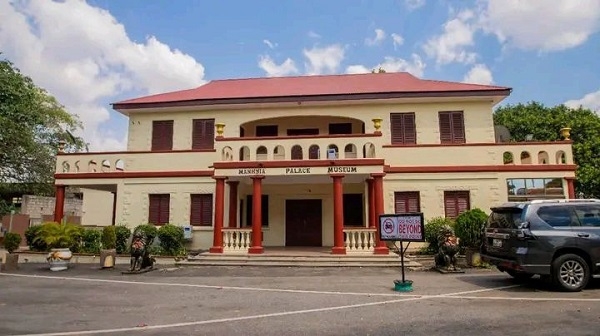
The Manhyia Palace Museum is nestled within the grounds of the Manhyia Palace in Kumasi and serves as a vibrant testament to the Asante nation’s past and a beacon of cultural legacy that transcends the borders of Ghana.
The museum gives an extensive history of the Asante kingdom to tourists.
2. Armed Forces Museum
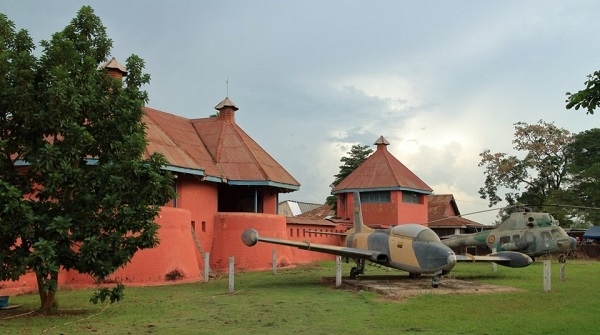
The Armed Forces Museum also known as Kumasi Fort and Military Museum is one of the few military museums in Africa. It is located in the Uaddara Barracks in Adum-Kumasi.
The fort was built from granite and brown soil that was brought from Cape Coast to Kumasi by porters.
The exhibits in the museum include military equipment, artefacts, and other objects used in the British-Asante War of 1900 (the famous Sagrenti War) and during the Second World War.
3. Prempeh II Jubilee Museum – Kumasi
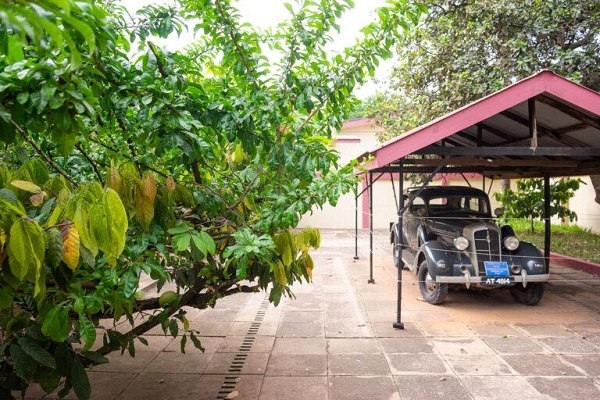
The Prempeh Jubilee Museum was established in 1954 in honour of the life of the late Asantehene, Sir Osei Agyeman Prempeh II. It is located inside the Centre for National Culture in Kumasi.
Among the displays are artefacts related to the Ashanti king, Prempeh II, including the king’s war attire, ceremonial clothing, jewellery, protective amulets, personal equipment for bathing and dining, furniture, royal insignia, and some fine brass weights for weighing gold.
4. Opoku Ware II Museum
The Opoku Ware II Museum is also called the KNUST Museum and has some amazing artefacts including items used by Akans years ago for mining, processing, and storing their gold.
Also on display at the KNUST Museum are ceramic pieces by Kofi Broni, a famous ceramic artist and sculptor as well as a Kente exhibition donated by UNESCO.
The history of KNUST, the Kwame Nkrumah University of Science and Technology, is also taught at the museum, among other historical and cultural artefacts of Asante and the university.
5. Okomfo Anokye Sword Site Museum
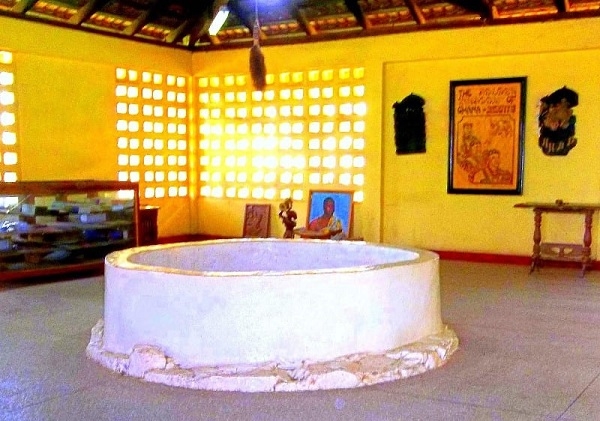
The Okomfo Anokye Sword Site Museum is a historical landmark on the grounds of the Okomfo Anokye Teaching Hospital in Kumasi.
The museum tells the story of the legendary fetish priest, Okomfo Anokye. Here, Okomfo Anokye himself planted the legendary Okomfo Anokye Sword in a rock. A tour of the site explains a lot about the Asante Kingdom and more about how it all started.
6. Kente Museum
The Kente Museum is located in Bonwire and it is dedicated to the conservation of Kente cloth, using traditional weaving techniques and methods.
Over there, educational programs are held to teach the art of Kente weaving, ensuring the preservation of this cultural treasure for future generations.
The museum also showcases the adaptability and enduring relevance of Kente in contemporary fashion and culture, highlighting its evolution while retaining its core significance.
7. Gyamadudu Museum
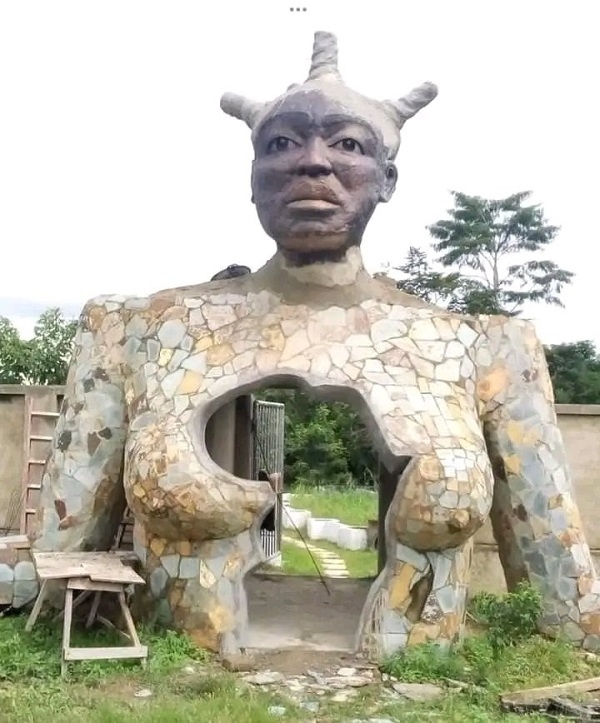
The Gyamadudu Museum, which is yet to be opened, is situated in Kwabre Heman. The name ‘Gyamadudu’ represents a type of drum symbolizing unity.
Among the collections at the museum is a centre for the production of designer Kente cloths and African stool regalia to add value to such cultural items for packaging and branding.
River Anyinasu, which passes through the designated Museum area adds to the side attraction. There is also a space showcasing the history of the slave trade in ancient Ghana.
8. Yaa Asantewaa Memorial Heritage Museum
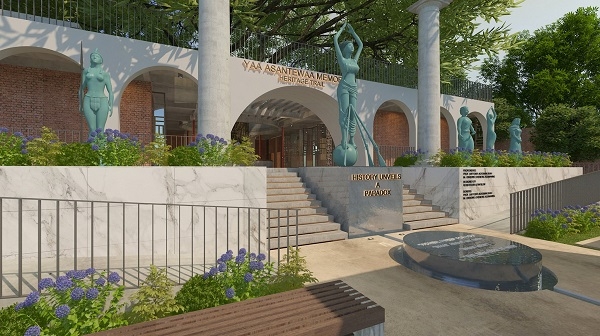
The Yaa Asantewaa Memorial Heritage Museum, which Otumfuo Osei Tutu II is leading efforts to construct, will honour the life of Nana Yaa Asantewaa, the celebrated queen mother of Ejisu, who led Ashantis to face off against the British during the “War of the Golden Stool”.
View more pictures from the museums below:
ghanaweb.com











Leave A Comment